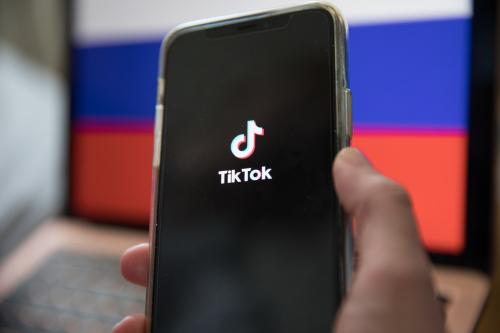The coverage of the presidential general election campaign has effectively begun and I am already disheartened if not surprised. Objectively covering a presidential race that includes Donald Trump seems well nigh impossible.
For reasons of accuracy, fairness and fears of political bias, major media organizations are strongly committed to telling “both sides of the story” in as balanced a way as possible. If the sides of the story are not comparable in their plausibility or truthfulness, the trick is to find a way to balance them. One favorite is to focus on campaign strategies and tactics and speculate on their likely success or failure. Another is to impute a false equivalence between the two sides and treat them in a balanced fashion. Yet another is to let the two sides or, in this case, candidates, speak for themselves—let the videos roll—and not impose any value judgments on what they have said. (That’s for the etiquette denizens of the style section or fact checkers on social media.)
The vast output of mind-numbing, poll-driven stories and crosstalk about the inside baseball of campaigns in recent weeks reveals that this is once again the preferred method of journalists for maintaining neutrality and achieving balance in the media.
But running a close second is the old favorite of false equivalence. The polls reveal that both Hillary Clinton and Donald Trump are unpopular and untrustworthy (for very different reasons, but that is beside the point). It’s perfect. One can already see the equivalence taking hold in the country’s most respected news organizations. Trump might be the most unqualified and temperamentally unsuited major party presidential nominee in American history, conceivably a threat to the stability of our democracy, but “voters just don’t trust Hillary.” (Conclusion: they are both untrustworthy; the sources and consequences of the public distrust for each candidate are best treated symmetrically.) Neither Trump, with his hard-edge nationalism, nor Clinton, with “a swirl of scandal surrounding her candidacy,” fit an electorate increasingly disenchanted with the political class. (Conclusion: two evils, equally balanced.)
The third tack of the press for telling both sides of the story, letting the candidates speak for themselves, is always in reserve. We know from the primary season that Trump is especially adept at attracting live coverage of whatever is on his mind. His storytelling always attracts the most views and clicks. Good for business. And he is always available to the press while Clinton restricts access and avoids full blown press conferences. And everyone thinks her speeches are so boring. This advantage for Trump can backfire, as we saw in the live coverage of his press conference defending his personal generosity to veterans. But I doubt he considers that a failure.
It has taken only a few weeks for a Trump candidacy widely viewed as lunatic and dangerous to become normalized in the mainstream press, handled no differently than Clinton and her private email server. There’s still plenty of honest, revealing journalism on the opinion pages, explanatory journalism outlets, and blogs. Michael Gerson, Robert Kagan, Adam Gopnik and Jonathan Weisman are exemplars.
The problem is the banality, false equivalence, and amorality of the daily coverage of the campaign.
It’s possible that the news coverage won’t make a bit of difference. Trump could well drown in his own fantastical and hateful words. But the fundamentals of the election point to a close election, and the relative (un)attractiveness of the two candidates could be dispositive. From the viewpoint of the well-being of our democracy, I don’t think it is even close. But that is not a topic likely to lead the news coverage of this election. A pity, for the press and for the country. Now back to Hillary’s private email server.



Commentary
False equivalence in covering the 2016 campaign
June 2, 2016